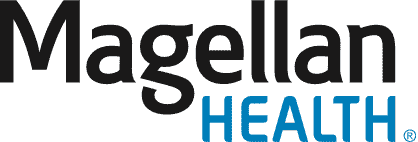The site you are trying to access is currently being improved. Check back soon to see how Magellan Health is leading humanity to healthy, vibrant lives.
Looking for Something?
Use the links below to find key resources while we work to make this page best experience possible.
Magellan Health
Careers Magellan Insights Blog
Magellan Healthcare
Magellan Assist Magellan Ascend MagellanProvider.com
Magellan Federal
Federal Careers Industry Insights Follow us on LinkedIn
